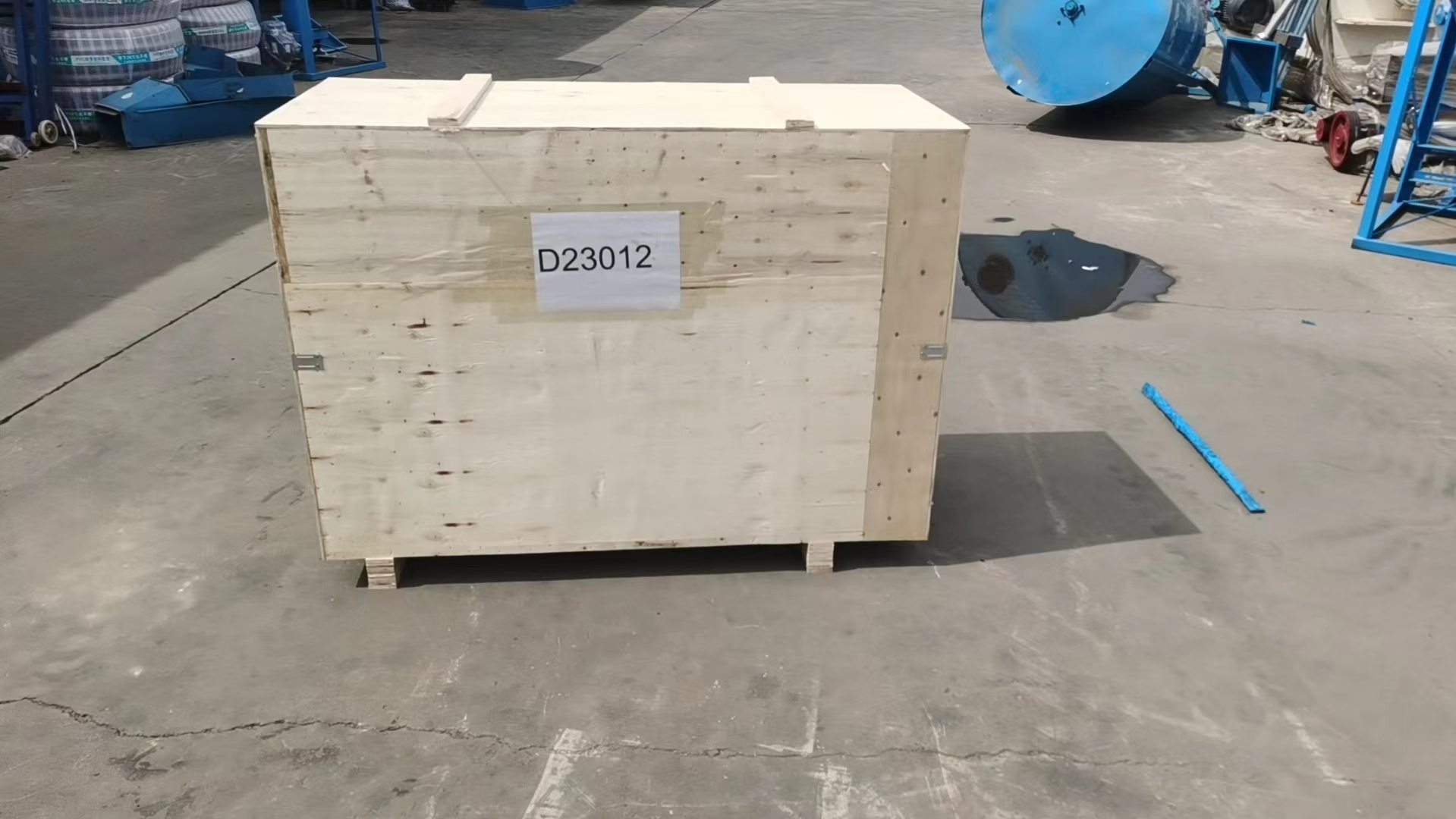Cage Systems for Optimal Production in Chicken Layer Farms
Nov . 29, 2024 14:15 Back to list
Cage Systems for Optimal Production in Chicken Layer Farms
The Role of Chicken Layers Cages in Modern Poultry Farming
In the ever-evolving world of agriculture, poultry farming has significantly transformed over the years, adapting to meet the increasing global demand for eggs. A crucial element in this transformation is the utilization of chicken layers cages. These specially designed structures allow for the efficient raising of laying hens, providing numerous benefits over traditional farming methods. In this article, we will explore the advantages, controversies, and future developments surrounding chicken layers cages.
Understanding Chicken Layers Cages
Chicken layers cages are a form of intensive animal farming that houses hens in individual or small groups in cages. These cages are typically arranged in multiple tiers, maximizing space utilization. The primary objective is to create an environment where hens can produce eggs with minimal stress while ensuring their health and safety. The cages tend to have features like sloped floors for easy egg collection, feeding systems, and drinkers integrated into the setup to automate daily care.
Advantages of Using Layers Cages
One of the most significant advantages of chicken layers cages is the improvement in egg production efficiency
. Hens raised in cages tend to have a consistent rate of egg production compared to those in free-range or barn systems. The controlled environment reduces the risk of disease transmission, which is vital for maintaining a healthy flock, thus leading to lower veterinary costs.Additionally, layers cages help in optimizing space usage. By stacking cages vertically, farmers can accommodate more hens in a smaller area, which can be particularly advantageous where land is limited. This density also allows farmers to leverage economies of scale, reducing the cost per egg produced and ultimately benefiting consumers.
Another major benefit is the ease of management. Layers cages facilitate automated feeding and watering systems, significantly reducing labor costs. With the hens contained in a specific area, farmers can monitor their health and egg-laying patterns more closely, quickly identifying any issues that may arise.
chicken layers cage

Controversies and Concerns
Despite their advantages, chicken layers cages have come under scrutiny due to animal welfare concerns. Critics argue that caging hens restricts their natural behaviors, including movement, nesting, and dust bathing. The confinement can lead to physical and psychological stress, raising ethical questions about the treatment of livestock.
In response to these concerns, various regulations and standards have been introduced in multiple countries. Some places have banned traditional battery cages, advocating for enriched cages that provide hens with a slightly larger space and enhanced amenities, such as nesting boxes and perches. While these enriched cages attempt to address some welfare issues, debates continue regarding their effectiveness.
The Future of Chicken Layers Cages
Looking ahead, the future of chicken layers cages seems to be a balance between efficiency and animal welfare. Innovations in cage design are being developed, focusing on creating environments that cater to the natural behaviors of hens while maintaining production efficiency. For instance, research is being done into smart cages equipped with sensors that monitor hens' health and well-being, ensuring better quality of life while still optimizing egg production.
Sustainability also plays a significant role in shaping the future of poultry farming. With increasing awareness of environmental issues, poultry farms are exploring ways to reduce their carbon footprint. This could lead to advances in waste management systems and better feed efficiency, further enhancing the sustainability of layers cage systems.
In conclusion, chicken layers cages play a pivotal role in modern poultry farming, providing substantial benefits in egg production efficiency and ease of management. However, the associated animal welfare concerns cannot be overlooked. The future will likely see a continued evolution in cage design and farming practices that prioritize both productivity and the humane treatment of hens, reflecting the growing consumer demand for ethical and sustainable food sources. As we move forward, the poultry industry must navigate these challenges thoughtfully to secure a balance that benefits farmers, consumers, and, most importantly, the hens themselves.
-
Automatic Feeding Line System-Pan Feeder Nipple Drinker|Anping County Yize Metal Products Co., Ltd.
NewsJul.29,2025
-
Hot Sale 24 & 18 Door Rabbit Cages - Premium Breeding Solutions
NewsJul.25,2025
-
Automatic Feeding Line System Pan Feeder Nipple Drinker - Anping County Yize Metal Products Co., Ltd.
NewsJul.21,2025
-
Automatic Feeding Line System Pan Feeder Nipple Drinker - Anping County Yize Metal Products Co., Ltd.
NewsJul.21,2025
-
Automatic Feeding Line System - Anping Yize | Precision & Nipple
NewsJul.21,2025
-
Automatic Feeding Line System - Anping Yize | Precision & Nipple
NewsJul.21,2025






